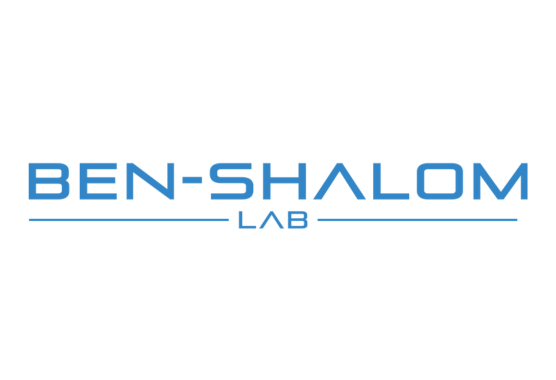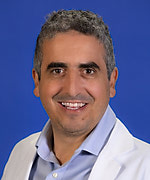Our lab uses neuron simulations and electrophysiology to study how ion channel disruptions affect brain activity in autism, epilepsy, and developmental delays, aiming to design targeted, testable treatments.
Ben Shalom Lab

-
 Principal Investigator
Principal InvestigatorRoy Ben-Shalom, Ph.D.
-
Our Research Goals
The goal of the lab is to reverse engineer neuronal activity to better understand and treat Neurodevelopmental disorders such as autism, epilepsy, and developmental delays. We combine computational (single and neuronal networks simulations) and experimental (patch-clamp Electrophysiology and multi-electrode arrays recordings) techniques.
-
Current Projects
Genetic Neurodevelopmental Disorder Phenotyping: We systematically characterize electrophysiological phenotypes across multiple genetic models of neurodevelopmental disorders (CDKL5, KCNT1, ADNP, SHANK3, chromosomal deletions) using integrated HD-MEA and patch-clamp approaches to identify cell-type specific alterations and common circuit-level mechanisms underlying these conditions.
Biophysically-Detailed Computational Network Modeling: We develop biophysically relevant single-neuron and network models directly constrained by our experimental electrophysiological data, using advanced parameter optimization algorithms to create accurate computational representations that elucidate the mechanistic basis of network dysfunction in neurodevelopmental disorders.
HD-MEA Analysis Methods Development: We advance HD-MEA data analysis capabilities through development of spike sorting algorithms, axonal arbor reconstruction techniques, and stimulation protocols for testing synaptic plasticity mechanisms like LTP, creating standardized pipelines for comprehensive characterization of neuronal network properties and connectivity.
Therapeutic Efficacy Testing Platform: We evaluate therapeutic interventions for neurodevelopmental disorders using HD-MEA recordings across multiple model systems including iPSC-derived neurons, mouse primary cultures, and human cerebral organoids to assess treatment efficacy and identify optimal therapeutic strategies for different genetic conditions.
-
Our Team
- Paula Vargas Sullivan
- Tim Fenton
- Mandar Patil
- Ammara Rehman
- Adam Weiner
- Ghazaleh (Giselle) Yazdani
- Kaustubh Chakravarthula
- Rohan Malige
- Shruti Shah
Clinical Trials
Learn about the different clinical trials we offer.
Giving
Join us to advance neurological health for all.
Fellowship Programs and Training Opportunities
Learn, grow and collaborate with our renowned researchers.
